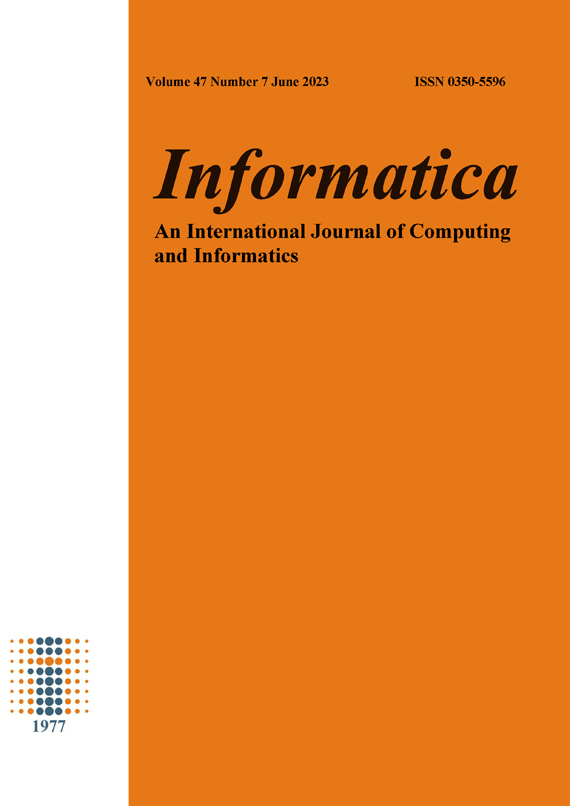A Robust End-to-End CNN Architecture for Efficient COVID-19 Prediction form X-ray Images with Imbalanced Data
DOI:
https://doi.org/10.31449/inf.v47i7.4790Abstract
The spread of coronavirus disease in late 2019 caused massive damage to human lives and forced chaos in health care systems around the globe. Early diagnosis of this disease can help separate patients from healthy people. Therefore, precise COVID-19 detection is necessary to prevent the spread of this virus thereby protecting more people form imminent death. Many advanced artificial intelligence technologies like deep learning have used chest X-ray images for this task. In this paper, we propose to classify chest X-ray images using a new end-to-end deep convolutional neural network architecture. The new model is applied on a 256 256 3 input image and consists of six convolutional blocks. Each block consists of one convolutional layer, one ReLU layer, and one max-pooling layer. Furthermore, we improve the performance of our model by adding regularization techniques, including batch normalization and dropout. The new model was applied to a challenging imbalanced COVID-19 dataset of 5000 images which consists of two classes: COVID and Non-COVID. Four metrics were used to test our new model: sensitivity, specificity, precision, and F1 score. In experiments, we achieved a sensitivity rate of 97\%, a specificity rate of 99.32\%, a precision rate of 99.90\%, and F1 score of 97.73\% despite being provided with fewer training images. In conclusion, we proposed a light deep learning model capable of achieving high prediction accuracy and outperformed state-of-the-art deep learning methods in terms of specificity and produced comparable results in terms of sensitivity.Downloads
Published
Issue
Section
License
I assign to Informatica, An International Journal of Computing and Informatics ("Journal") the copyright in the manuscript identified above and any additional material (figures, tables, illustrations, software or other information intended for publication) submitted as part of or as a supplement to the manuscript ("Paper") in all forms and media throughout the world, in all languages, for the full term of copyright, effective when and if the article is accepted for publication. This transfer includes the right to reproduce and/or to distribute the Paper to other journals or digital libraries in electronic and online forms and systems.
I understand that I retain the rights to use the pre-prints, off-prints, accepted manuscript and published journal Paper for personal use, scholarly purposes and internal institutional use.
In certain cases, I can ask for retaining the publishing rights of the Paper. The Journal can permit or deny the request for publishing rights, to which I fully agree.
I declare that the submitted Paper is original, has been written by the stated authors and has not been published elsewhere nor is currently being considered for publication by any other journal and will not be submitted for such review while under review by this Journal. The Paper contains no material that violates proprietary rights of any other person or entity. I have obtained written permission from copyright owners for any excerpts from copyrighted works that are included and have credited the sources in my article. I have informed the co-author(s) of the terms of this publishing agreement.
Copyright © Slovenian Society Informatika








